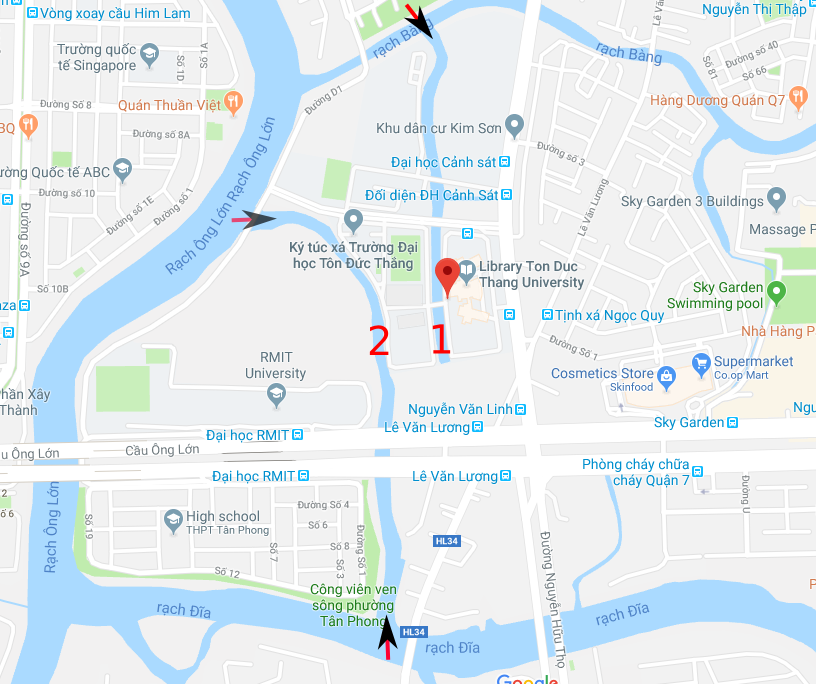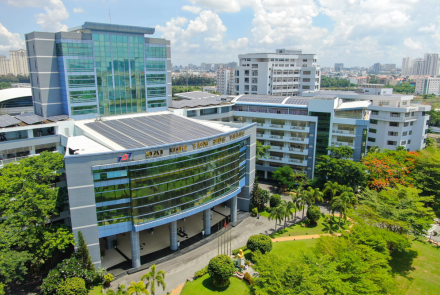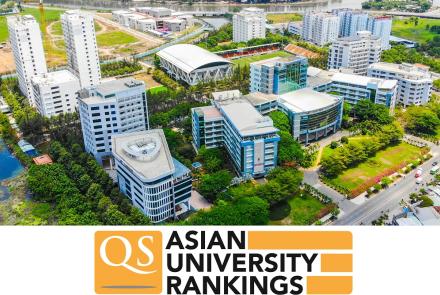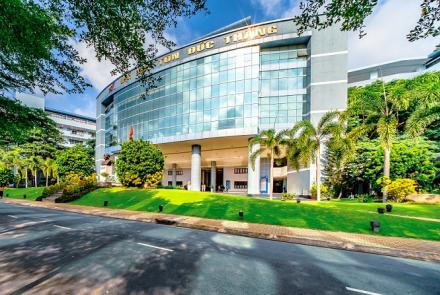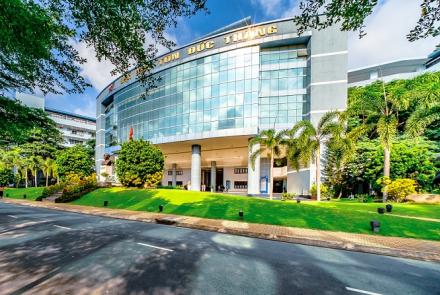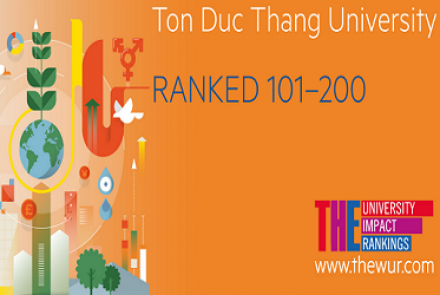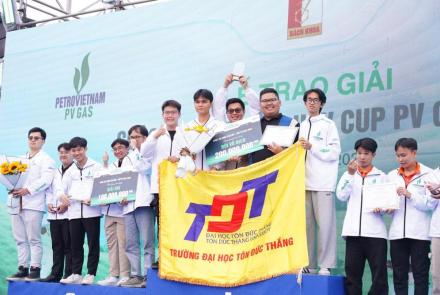Prospects for digital modeling in environmental quality monitoring
In recent years, the emergence of new urban areas has significantly changed the face of Ho Chi Minh City, the most dynamic and modern city in Vietnam. The main campus of Ton Duc Thang University (TDTU) in Tan Phong Ward, District 7 is a clear highlight, contributing to this positive change. At TDTU, the quality of education is focused, the working environment is concerned, and modern facilities are invested; moreover, advanced research activities are also implemented and promoted.
Research studies in environmental protection and resource management conducted at TDTU have been receiving the attention, response and dissemination of media agencies, research institutes and communities. These include the study of plastic waste treatment, rain water collection and use systems, eutrophication waste treatment and control systems, and canal water pollution, …; In addition, the idea of building a digital model based on algorithms has been also discussed and intended for conducting research for teachers and students of TDTU to meet environmental monitoring needs, and identify suitable solutions for each period in the annual cycle, serving the objective of sustainable management of the environment and resources.
Specifically, in terms of water environment management, the ROMS numerical model is used to monitor the water quality of Channels 1 and 2 in TDTU’s campus, under the influence of tides and sources of discharge from the data collected at the beginning of the canal (see the photo below). This model allows the user to calculate the flow of water in three dimensions, and water quality factors such as temperature, salinity, chlorophyll, dissolved oxygen, phosphorus and nitrogen measured in terms of time and space under impacts such as mixing of flow, diffusion and chemical reactions occurring during transmission.
With the high-performing computer (HPC) system invested by the university, the installation of the model and the implementation of the calculations are no longer a worrying issue that many researchers face as anywhere else. At TDTU, the application of digital technology not only helps to find solutions that are sustainable and effective in the field of environmental and resource management, but also provide good conditions for lecturers and students to improve their abilities and develop research skills, through which the university’s social responsibility is taken.
